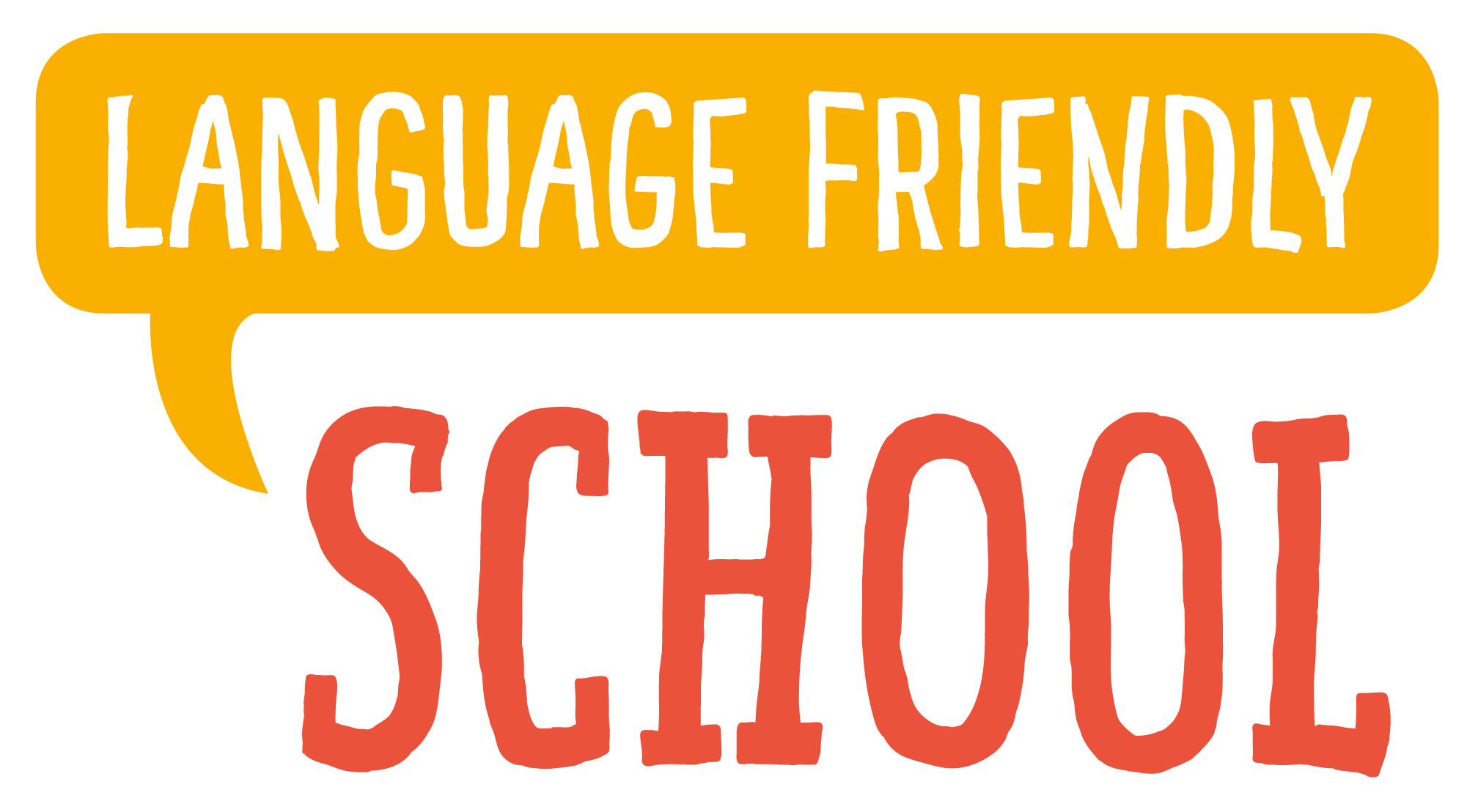Why a Language Friendly School?
Increasing mobility means that worldwide, multilingualism has become the norm rather than the exception. More and more schools consist of students who speak another language at home than the one that is used at school.
Scientific studies show that students learn better and faster when they also learn through their mother tongue, rather than being limited to learning only through the school language.
Yet, it is estimated that over 200 million school children do not receive education in a language they understand. And in many countries, children are punished for speaking their home language at school. Punishments vary from forcing children to stand outside the school, taping off their mouths, being barred from lunch to being expelled from school altogether.
The reason why schools dole out such punishments is not because teachers don’t want children to learn. Quite the opposite: there is a deeply held (but mistaken) belief that the best way for children to learn a new language is to make them forget their first language and the sooner this happens the better.
But young children who are just learning how to read and write, need to build confidence in acquiring these new skills and adapting to the new school environment. Punishment will achieve the opposite: they lose motivation and it will even impact their learning.
By allowing students’ home languages in school, students get the chance to strengthen their cognitive and social skills. Not only does this improve students’ skills in the school language, but they also understand the subject better. And this enhances their chances for a successful school career and integration into the wider society, without losing the connection with their families, cultural backgrounds and knowledge.
An international commitment to children
All children have an equal right to an education that respects their cultural identity. The Convention on the Rights of the Child (art. 29) provides that the education of the child should be directed to the development of respect for:
- the child's parents
- his or her own cultural identity, language and values
- the national values of the country in which the child is living
- the country from which he or she may originate
- and for civilizations different from his or her own.
Achieving the Sustainable Development Goals
In 2015, 193 States adopted the Sustainable Development Goals and pledged to ensure that all boys and girls complete free, equitable and quality education by 2030.
According to UNESCO, ‘equitable quality education and lifelong learning for all is only possible when education responds to and reflects the multilingual nature of the society. Children, youth and adults require learning opportunities that are relevant to their lives and needs, in and through their own languages. Since SDG 4 is so foundational to the other Sustainable Development Goals, without mother tongue-based multilingual education the other 16 goals will remain unachievable.’ (UNESCO 2017)

